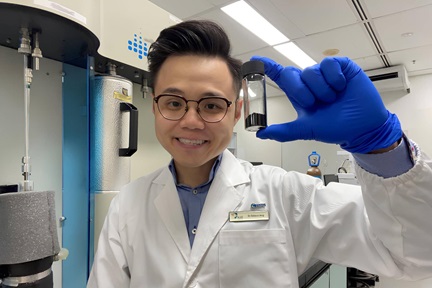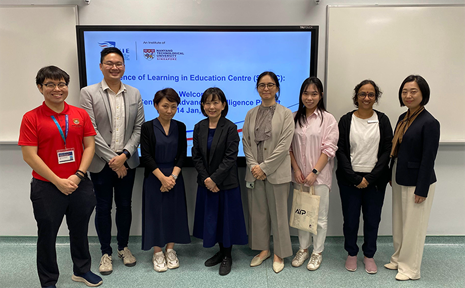Turning the Tide: How a New Nanocatalyst Cleans Water Like Never Before
A team led by Assistant Professor Edison Ang Huixiang from the National Institute of Education/Nanyang Technological University (NIE/NTU) Singapore, has developed a groundbreaking nanocatalyst that could change the way we treat wastewater and eliminate pollutants. Their recent study, published in Materials Horizons and highlighted in the Emerging Investigator series, introduces a new method to make wastewater treatment more efficient.
The researchers created a unique catalyst by combining cobalt with manganese oxide nanorods (MnO@Co/C-600). Through a detailed process, they managed to coat this catalyst with carbon, boosting its ability to attract and break down harmful pollutants.
In tests, this new nanocatalyst proved to be nearly 20 times more effective than traditional methods in breaking down bisphenol A, a common pollutant. Its impressive performance comes from its ability to produce various reactive species that help in degrading pollutants faster.
To make this nanocatalyst even more useful, the team attached it to a specially designed sponge using a simple technique. This sponge was then used to remove multiple contaminants like bisphenol A, tetracycline, and norfloxacin from water. The results were promising, showing that the system is not only easy to recover but also stable and highly effective in removing pollutants.
“This nanocatalyst offers a strong and sustainable solution for cleaning wastewater, making pollutant removal easier and more efficient,” said Assistant Professor Ang.
This research represents a major advancement in water treatment technology, highlighting the potential of combining advanced chemical processes with innovative materials. By providing a more effective way to clean water and remove pollutants, this work supports the global effort to ensure everyone has access to safe, clean water.
“With further development and scaling, our nanocatalyst could play a key role in tackling the challenges of water scarcity and pollution,” Assistant Professor Ang concluded.
Read the original article here.
© 2024 All Rights Reserved, Tech Explorist™


.tmb-listing.jpg?Culture=en&sfvrsn=a2d9f5f9_1)


